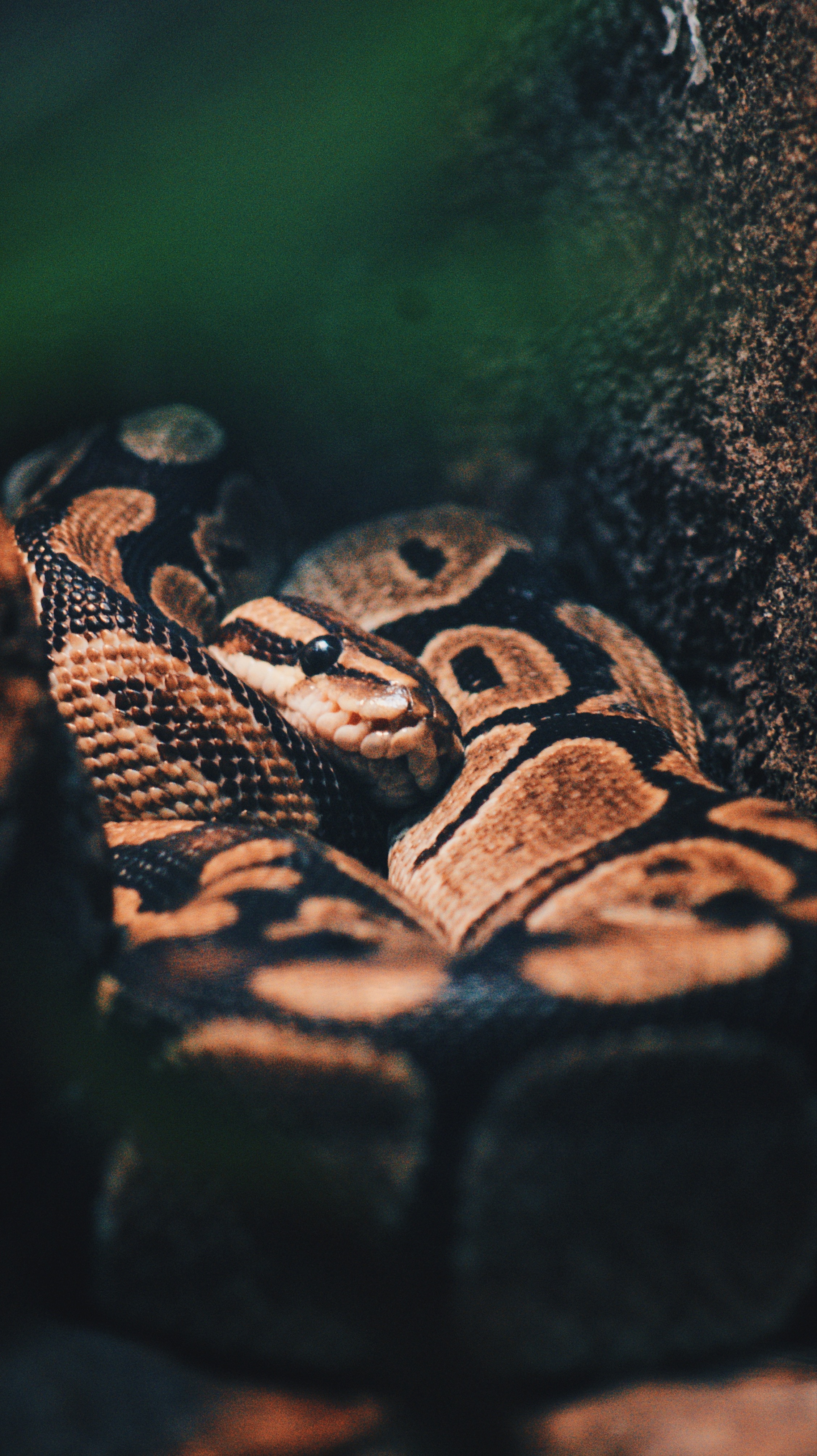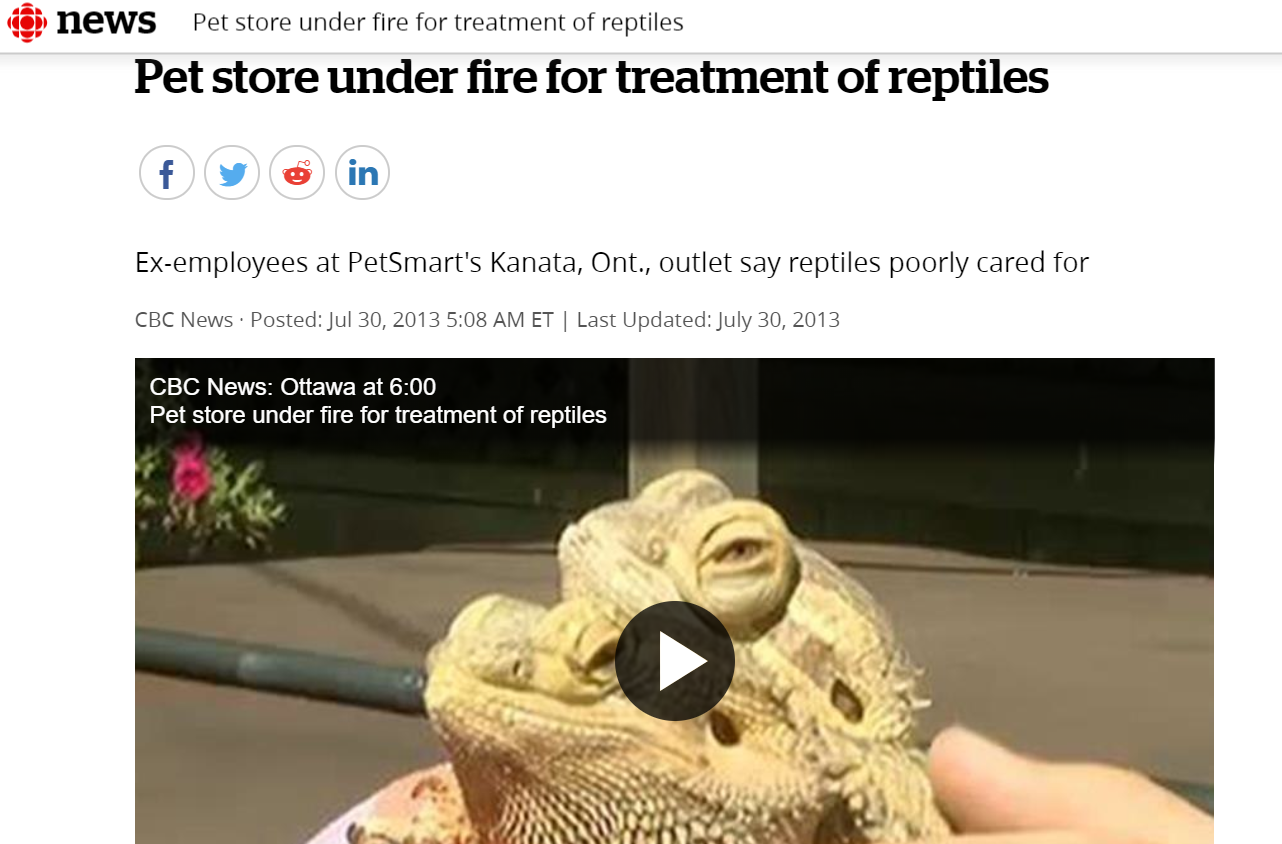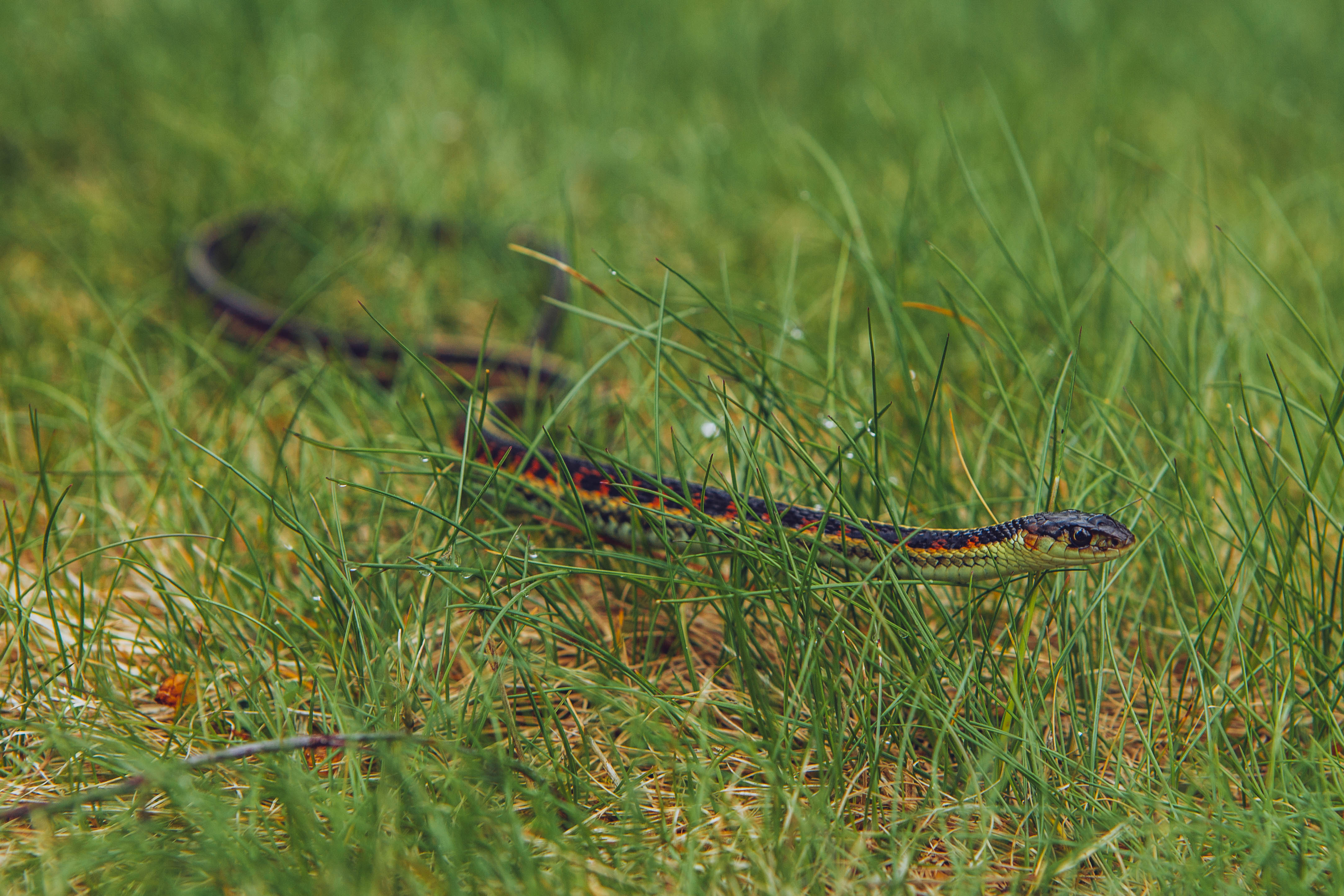Many snake owners love their pets greatly and give them the best lives possible. However, even ‘well-researched’ reptile-lovers have been subjected to misinformation that has been peddled by the exotic pet trade and large-scale pet stores in order to sell as many animals as possible. Their philosophy is not to give a caring, potential pet-owner a new family member, it is to make money.

The reality is that these animals are not marketed for experts with a tonne of capital and space. They are marketed as easy, starter pets even for children. Even the previously outlined most basic setup can be challenging and expensive to maintain. The buyer should do more research into what they are getting into, but large pet-store chains should not be able to churn out thousands of reptiles a year to be ‘consumed’ by inexperienced pet owners. Worse still, owners that eventually succumb to the pressure of constant pet maintenance abandon pets to shelters not capable of housing them or dump them into the wild which can lead to ecological disturbances.

The reality is there is still a lot that is not known about reptiles especially in captivity. They get stressed, they can show discomfort, and they want to be able to move. The evidence we do have suggests that they are not enjoying their stay in their little glass tanks. They have not been domesticated like many traditional such as dogs and cats that have adapted to live with humans for thousands of years. Furthermore, the conditions the animals have been found to be in before reaching the consumer are revolting and still found throughout the industry.

There needs to be a paradigm shift in the way society views snakes and other exotic animals for the purpose of keeping as a pet. While some truly want the best for their animals, it is still doubtful that even the most experienced reptile owner can provide all of the animal’s needs that they can only obtain from their natural habitats in the wild. As consumers, we should do more research before attempting to welcome an essentially wild animal into our homes, and call out those that spread misinformation.

Photo by: Ray Maichin
References:
Website constructed by Ray Maichin (University of British Columbia – Applied Animal Biology). Background image taken by Ray Maichin
Ashley, S., Brown, S., Ledford, S., Martin., Nash, J., Terry, A., Tristan, T., Warwick, C. (2014). Morbidity and mortality of invertebrates, amphibians, reptiles, and mammals at a major exotic companion animal wholesaler. Journal of Applied Animal Welfare Science, 17(4).
Breininger, D. R., Bolt, M. R., Legare, M. L., Drese, J. H., & Stolen, E. D. (2011). Factors influencing home-range sizes of eastern indigo snakes in central florida. Journal of Herpetology, 45(4), 484-490.
Burghardt, G. M. (2013). Environmental enrichment and cognitive complexity in reptiles and amphibians: Concepts, review, and implications for captive populations. Applied Animal Behaviour Science, 147(3-4), 286-298.
Gerald, G. W., Bailey, M. A., & Holmes, J. N. (2006). Movements and activity range sizes of northern pinesnakes (pituophis melanoleucus melanoleucus) in middle tennessee. Journal of Herpetology, 40(4), 503-510.
Hart, K. M., Cherkiss, M. S., Smith, B. J., Mazzotti, F. J., Fujisaki, I., Snow, R. W., & Dorcas, M. E. (2015). Home range, habitat use, and movement patterns of non-native burmese pythons in everglades national park, florida, USA. Animal Biotelemetry, 3(1).
Martínez Silvestre, A. (2014). How to assess stress in reptiles. Journal of Exotic Pet Medicine, 23(3), 240-243.
Moorhouse, T. P., Balaskas, M., D’Cruze, N. C., & Macdonald, D. W. (2017). Information could reduce consumer demand for exotic pets. Conservation Letters, 10(3), 337-345.
Oonincx, D., & van Leeuwen, J. (2017). Evidence-based reptile housing and nutrition. The Veterinary Clinics of North America. Exotic Animal Practice, 20(3), 885.
Pees, M., Schmidt, V., Marschang, R., Heckers, K., & Krautwald-Junghanns, M. (2010). Prevalence of viral infections in captive collections of boid snakes in germany. Veterinary Record, 166(14), 422-425.
Sparkman, A. M., Bronikowski, A. M., Williams, S., Parsai, S., Manhart, W., & Palacios, M. G. (2014). Physiological indices of stress in wild and captive garter snakes: Correlations, repeatability, and ecological variation. Comparative Biochemistry and Physiology, Part A, 174, 11-17.
Warwick, C., Arena, P., Lindley, S., Jessop, M., & Steedman, C. (2013). Assessing reptile welfare using behavioural criteria. In Practice, 35(3), 123-131.
Warwick, C., Arena, P., & Steedman, C. (2019). Spatial considerations for captive snakes. Journal of Veterinary Behavior, 30, 37-48.